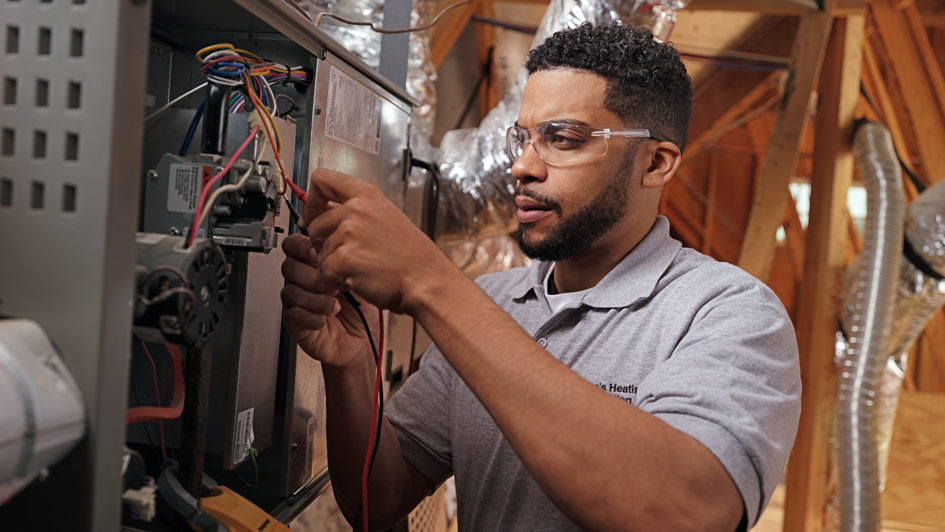Blog
Serving La Porte County and Surrounding Areas
About Paniccia Heating & Cooling
Our family-owned company takes pride in everything we do – from the little things like using drop cloths and booties to help keep your home clean, to staying up-to-date on the latest HVAC equipment and indoor air quality accessories. You can trust Paniccia Heating & Cooling to provide the latest technology you desire along with the hometown service you deserve.
Paniccia Heating & Cooling
4666 N Johnson Rd
Michigan City, IN 46360
Phone: 219-872-2198
Email: [email protected]
© 2024 Paniccia Heating & Cooling | All rights reserved






